Inflation numbers in Pakistan are sounding like a broken record, outpacing each predecessor month after month. The headline number stood at 36.4 percent in April with the monthly increase clocked at 2.4 percent. The big dent is in food inflation which is up by 48 percent year on year and 4.4 percent monthly. There is yet no respite to the inflation misery. The impact is more pronounced in rural settings where the headline inflation has crossed 40 percent and the food inflation is now north of 50 percent – some say that this is fast approaching hyper-inflation.
And the inflation may not have peaked just yet. Numbers in May are expected to be even worse before inflation starts tapering off, which will be possible only if there is no new round of currency depreciation and shortages will not become worse due to import restrictions.

Food inflation is the biggest pain for a big country where poverty is on the rise. Around 30 percent of urban households’ expenditure is food-based while the same is 40 percent for rural areas. Rural food inflation stood at 51 percent and for urban, it was 45 percent in April.

In the last month, a higher increase was observed in the two key non-perishable commodities – wheat and sugar. Wheat flour prices are up by 26 percent and sugar prices are increased by 19 percent in just a month. On a yearly basis, cigarettes prices are up by the most—at 160 percent – primarily due to high taxation. Next in line is tea whose prices are up 109 percent. The price of wheat flour also more than doubled in the last 12 months similar to the case of eggs. Many other food items have over 50 percent increases as well. In the case of non-food, textbook prices have more than doubled in the last 12 months and stationery prices are up 87 percent. These items are imported dependent and this coupled with shortages have resulted in prices shooting up. Meanwhile, a few other items such as motor fuel and gas charges have higher than 50 percent increase.

The impact of higher fuel charges (up by 75% in the last 12 months) has had a toll on almost everything – especially the perishable food which is up by 29 percent. There are signs of a second round of inflation with core inflation inching up. Urban core is up by 1.8 percent in the last month and the yearly increase stood at 19.5 percent while in the case of rural, core inflation is up by 2.7 percent and stood at 28.6 percent year on year. The rural trimmed core is 37 percent. These are worrying indicators.

That is the summary of April inflation and 10MFY23 average inflation is standing at 28.2 percent while the policy rate is at mere 21 percent. The inflation expectations are entrenched; these are required to be unanchored. This means, a more aggressive monetary policy stance by moving up to the real rates and opening up of imports.
However, the bigger reason for growing inflation expectations is expectation of further currency depreciation and possible economic default. That can only be averted by lowering the uncertainty on the political front. Thus, apart from prudent macroeconomic management, clarity on the political front is important to tame inflation.







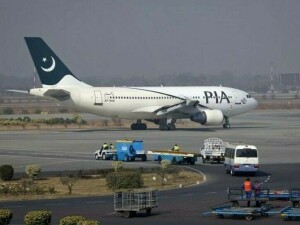



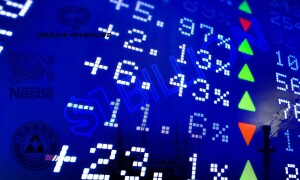






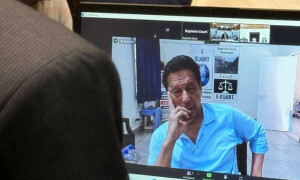
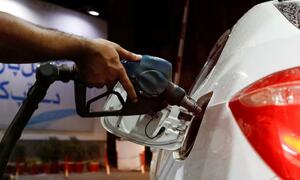


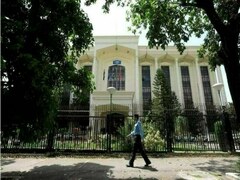
Comments
Comments are closed.